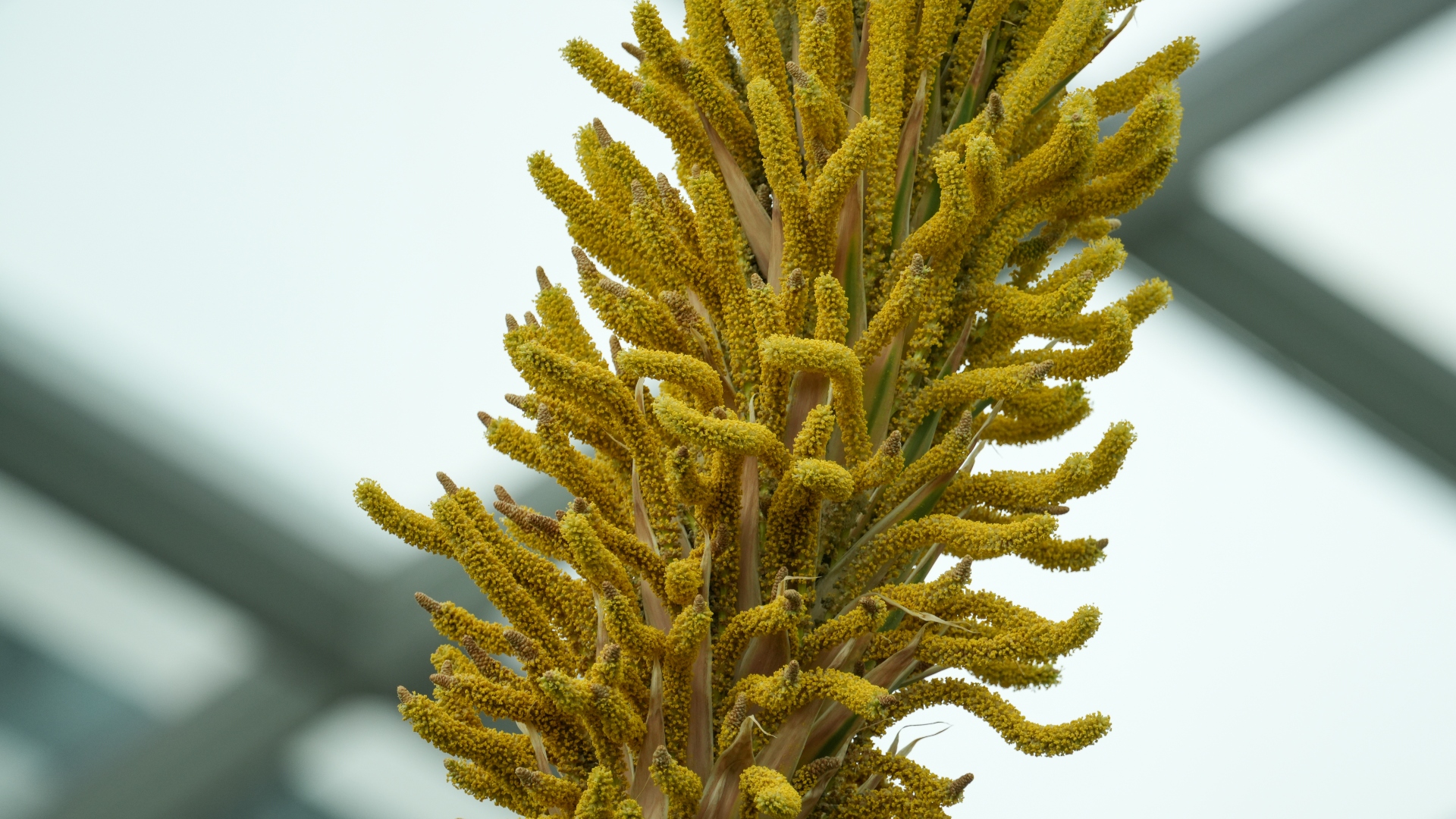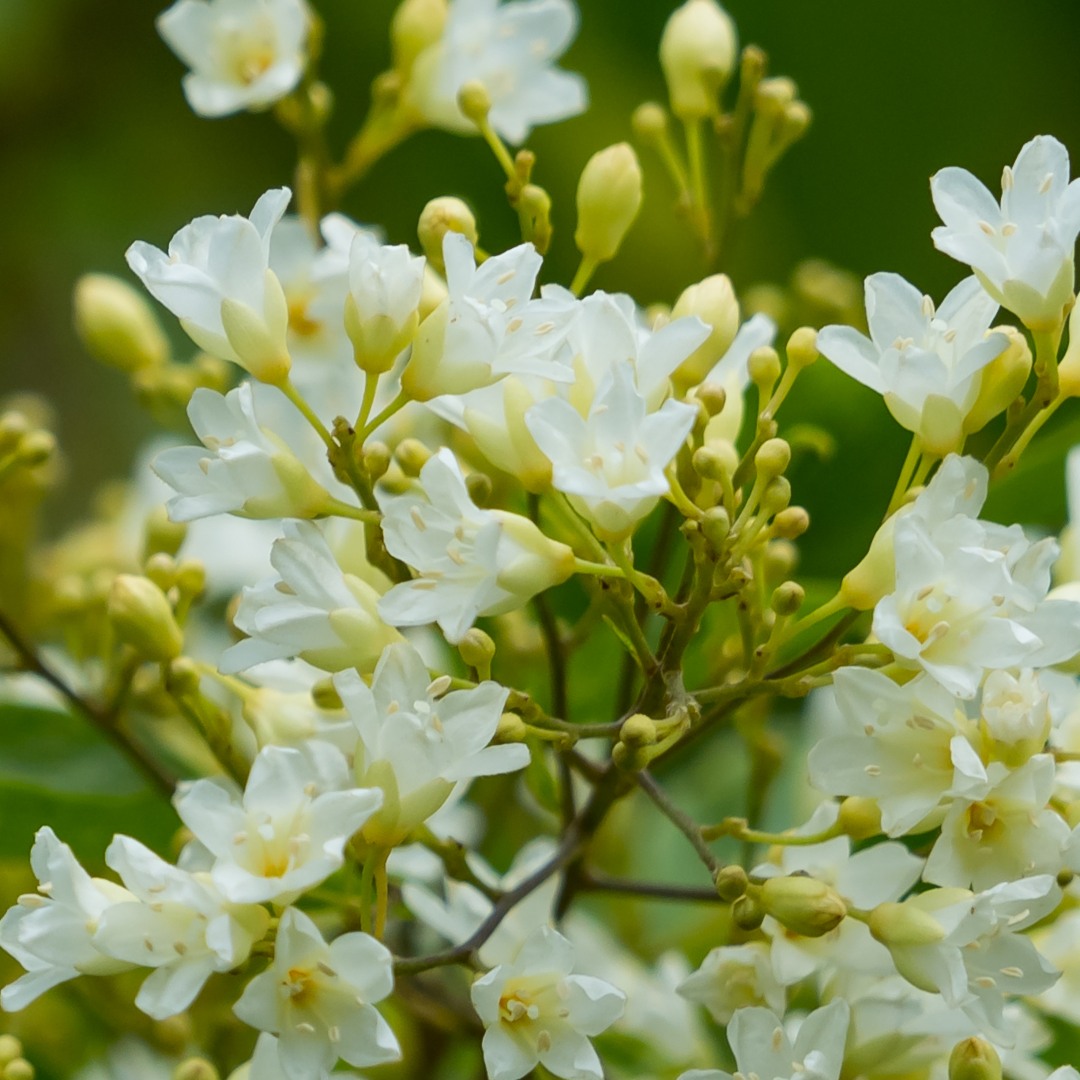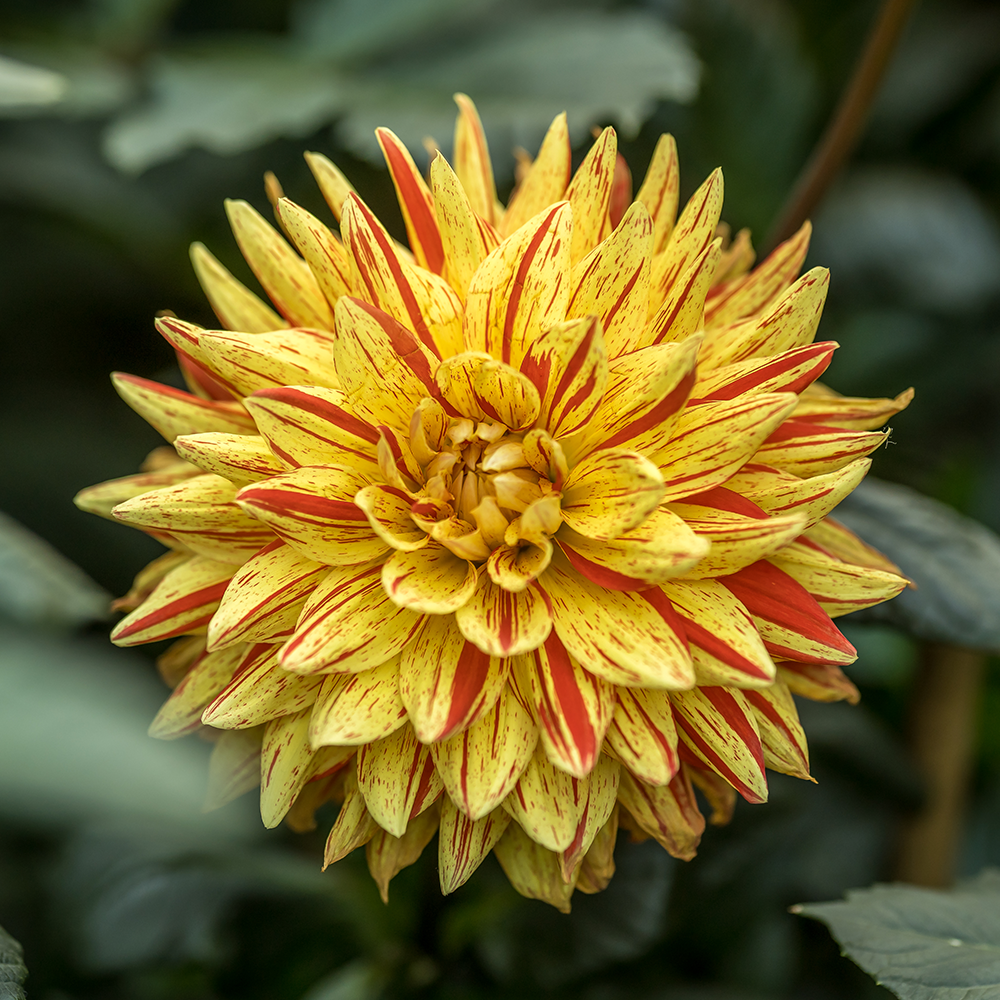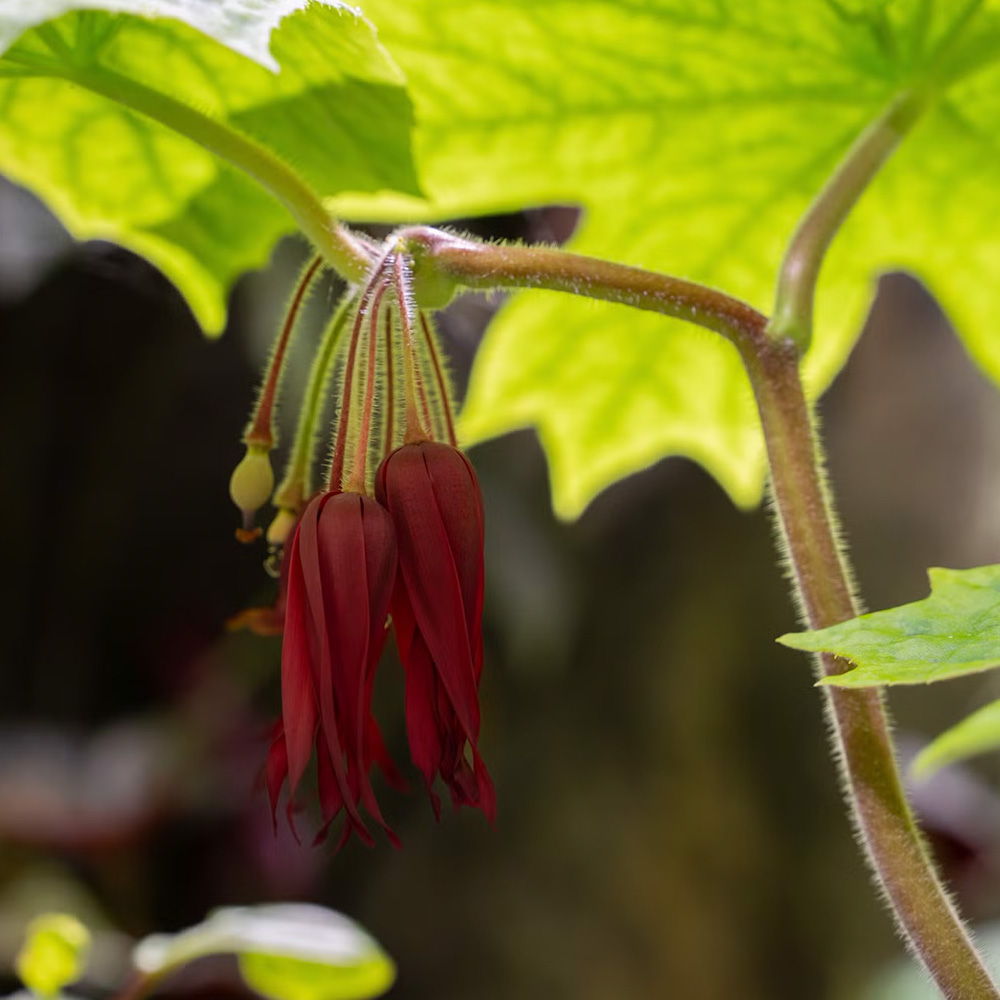Marchenzauber Rose (Rosa 'Marchenzauber’)
 A freshly bloomed flower of Rosa ‘Marchenzauber’ against an older blossom.
A freshly bloomed flower of Rosa ‘Marchenzauber’ against an older blossom.
Rose (Rosa spp.) cultivation can be traced back over 5,000 years and has been closely linked to ancient civilizations such as the Chinese, Egyptians, Greeks, and Romans. These cultures admired the rose for its beauty and began domesticating and cultivating it in gardens for ornamental use. As rose cultivation spread globally, numerous cultivars were developed through selective breeding.
Development of modern rose cultivars began in the 19th century through the hybridisation of Asian and European rose species. These modern roses are distinguished by their large, showy blooms, extended flowering periods, and improved resistance to pests and diseases. Today, they are the most widely cultivated and commercially popular type of rose worldwide. There are over 37,000 registered rose cultivars with a huge diversity of colours, forms, sizes, petal numbers, and fragrances.
One such modern rose cultivar that beautifully embodies these advancements is Rosa ‘Marchenzauber’ a recently introduced modern hybrid featured in this year’s Rose Romance display. The highly ornamental cultivar belongs to the Floribunda group—a class of modern roses known for producing clusters of medium-sized blooms that flower repeatedly throughout the season, offering both vibrant colour and an abundance of flowers.
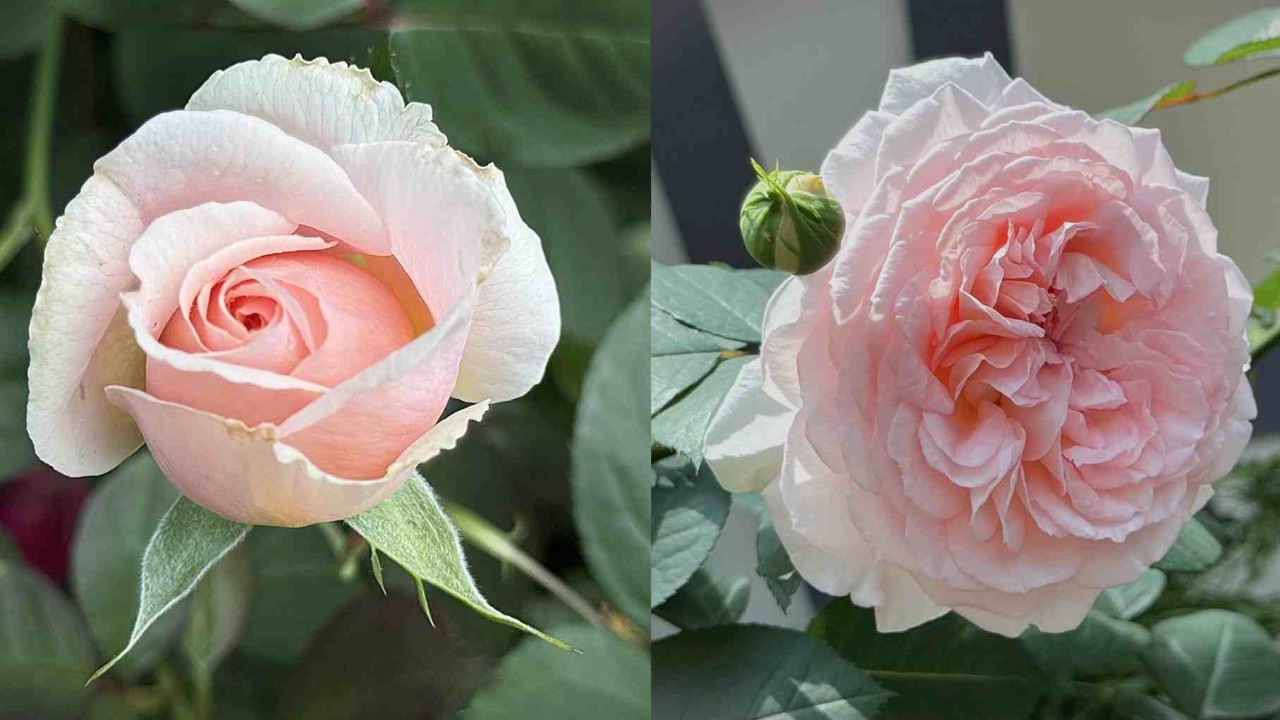 As the flowers of Rosa ‘Marchenzauber’ bloom their form naturally shifts from a cupped to a rosette form. Left: Early bloom stage; right: fully mature bloom.
As the flowers of Rosa ‘Marchenzauber’ bloom their form naturally shifts from a cupped to a rosette form. Left: Early bloom stage; right: fully mature bloom.
Rosa ‘Marchenzauber’ was bred by W. Kordes Söhne in 2003 and introduced commercially in 2015. Its name, meaning “Fairytale Magic” in German, captures the rose’s romantic charm. It is appreciated for its strong, fruity fragrance and pastel-toned blossoms with creamy-pink outer petals and a soft apricot centre. Each fully matured flower measures between 8 to 12 cm in diameter and has over 40 petals. As the blooms age, their form naturally shifts—from a neat, cupped shape to an open, rosette-like blossom—adding to the fairytale-like appeal of this cultivar.
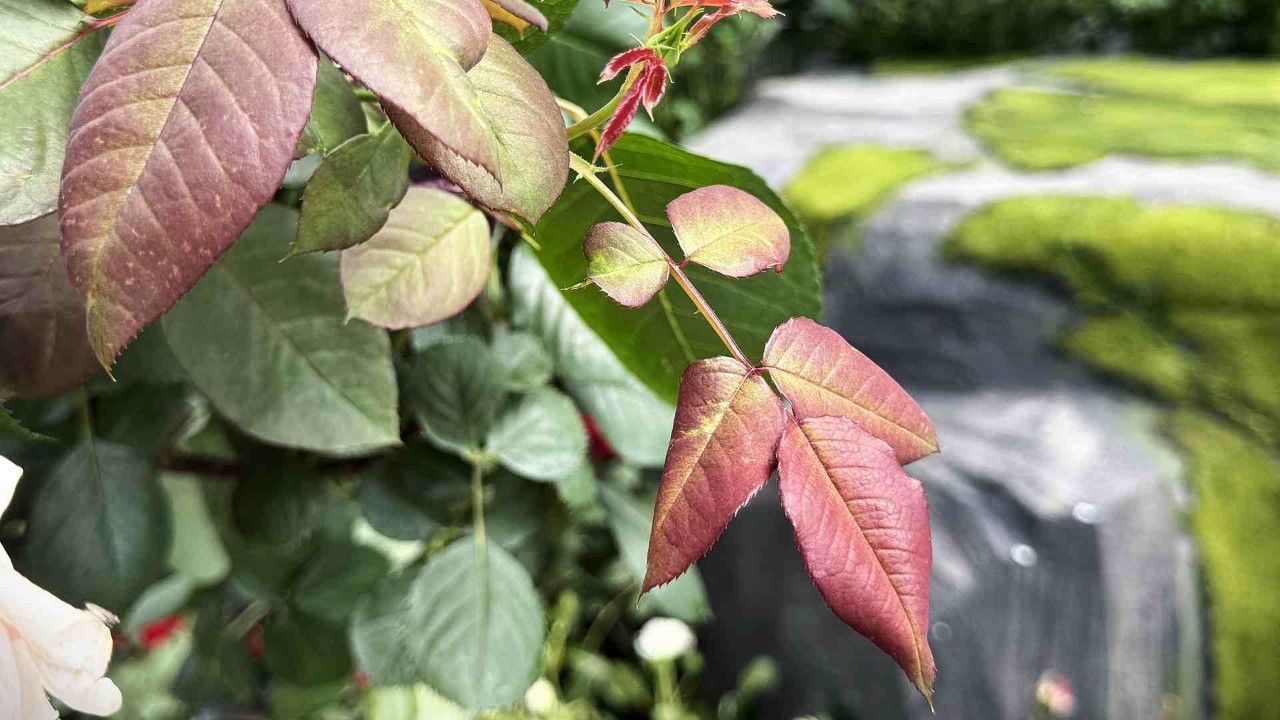 Many rose cultivars produce young red leaves, including Rosa ‘Marchenzauber’
Many rose cultivars produce young red leaves, including Rosa ‘Marchenzauber’
Like many other rose varieties, the young foliage of Rosa ‘Marchenzauber’ emerges red, a natural and healthy trait. This colouration is due to the presence of anthocyanin pigments, which act like a natural sunscreen to protect the developing leaves from ultraviolet radiation damage. As the leaves mature and begin photosynthesizing efficiently, the red tones fade, and the foliage turns green.
Modern roses are also deeply tied to British culture and horticultural heritage. The rose holds a special place as the national emblem of England, tracing back to the Wars of the Roses and the emblematic Tudor Rose—a symbol of unity and heritage combining the floral emblems of the white rose of the House of York and red rose of the House of Lancaster into one. Celebrated in English gardens and woven into the fabric of British culture, roses continue to captivate hearts at this year’s British-themed Rose Romance display. Don’t miss the opportunity to experience the elegance and charm of Rosa ‘Marchenzauber’, alongside many other attractive cultivars on show!
Written by: Ziana Yacob, Senior Manager (Research and Horticulture)
Ziana's fascination with the many wonders of plants led her to study Horticulture. She has been involved in propagating and nurturing in-house plant collections, with a special focus on orchids. Keeping plants thriving is both a rewarding challenge and a continuous journey of learning for her!
